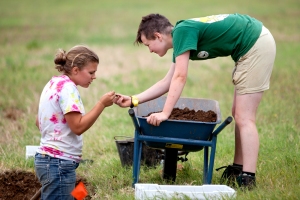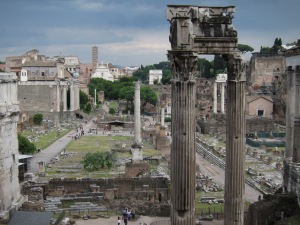DePauw University – Greencastle, IN
The Department of Classical Studies invites applications for a one-year term position beginning August 2013. Rank and salary commensurate with experience. Ph.D. preferred. We seek a Classical Archaeologist with a broad training in Classical Studies. Teaching load is 3/3 and includes courses in archaeology, classical civilization (e.g. Myth), and Greek or Latin at all undergraduate levels. Commitment to undergraduate teaching in a liberal arts environment is essential. For information about the department, please visit: http://www.depauw.edu/academics/departments-programs/classical-studies/.
Application materials should include the following: an application letter, curriculum vitae, copy of transcripts, three letters of recommendation, statement of teaching philosophy and scholarly interests, evidence of teaching effectiveness, and a short manuscript or offprint. All materials should be submitted electronically to: classicssearch@depauw.edu. Review of applications will begin March 1, 2013 and continue until the position is filled. DePauw University is an Equal Employment Opportunity Employer. Women and members of underrepresented groups are encouraged to apply.








